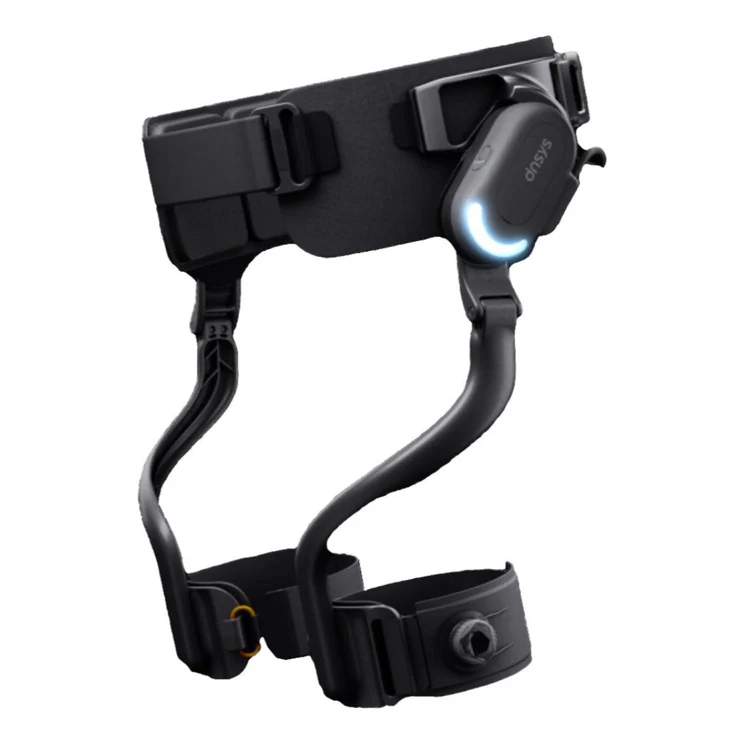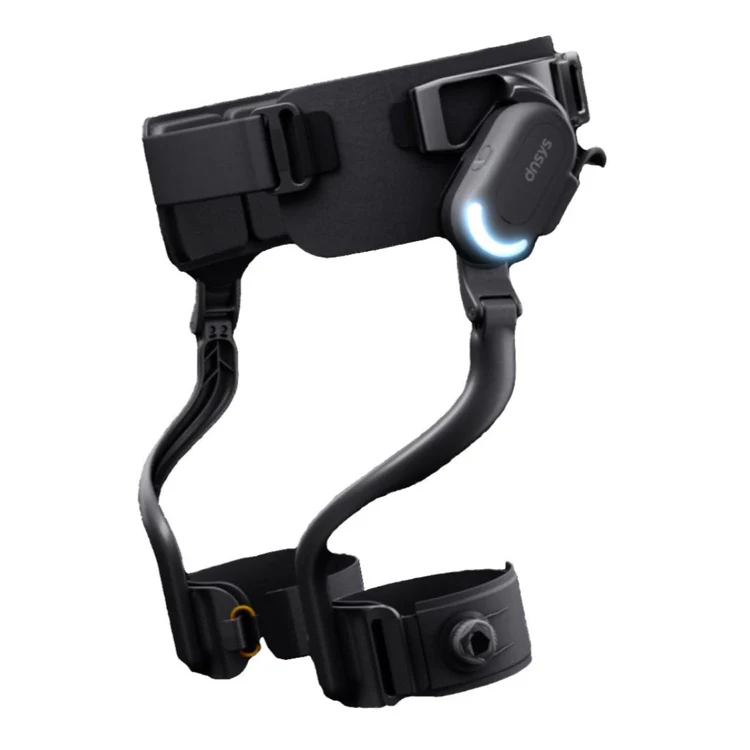The Future of Sports: How Exoskeletons Could Change the Game

In the world of sports, technology is always pushing the boundaries of human performance. From wearable GPS trackers to biomechanical analysis, athletes today have more tools than ever to gain a competitive edge. But what happens when technology doesn’t just enhance performance but fundamentally changes how athletes move? Enter exoskeletons—wearable robotic systems designed to augment strength, endurance, and mobility. Companies like DNSYS.ai are pioneering this space, and while the potential benefits are exciting, they also raise serious questions about fairness, competition, and regulation.

Dnsys.ai Exoskeleton
Exoskeletons in Sports: A Game Changer?
Imagine a world where an exoskeleton helps a baseball pitcher throw 10 mph faster, a football player hit harder with less risk of injury, or a runner maintain peak form deep into a marathon. The possibilities are endless. Exoskeletons have already shown promise in medical and industrial applications, aiding people with mobility impairments or reducing workplace injuries. Now, as the technology advances, the sports world needs to consider how these innovations could be used—and where the line should be drawn.
For youth, high school, and college athletes, exoskeletons could mean faster recovery times from injuries, more efficient training, and even longer careers. But they also raise concerns: Will these devices create an uneven playing field? Will parents and coaches feel pressured to adopt them to keep up with the competition? And most importantly—are the governing bodies of sports even ready for this?
Are There Rules in Place Today?
Currently, most sports organizations do not have explicit rules addressing exoskeletons because, well, they haven’t really had to—yet. But if history has taught us anything, it’s that sports regulations are often reactive rather than proactive. The use of performance-enhancing drugs, advanced equipment modifications, and even controversial training methods have all led to new rules being written.
Organizations like the NCAA, NFHS (National Federation of State High School Associations), and various youth sports leagues will eventually have to weigh in. In professional sports, leagues like the NFL, MLB, and NBA have strict equipment regulations, but these don’t yet account for exoskeleton technology. The closest comparison might be prosthetic advancements, such as those seen in Paralympic competition, where governing bodies have had to determine what constitutes a fair advantage.
Should Rules Be Established?
The short answer? Yes. The long answer? It depends on how these exoskeletons are used. If they are purely for injury recovery and rehabilitation, similar to how compression therapy or cryotherapy is used, they may be widely accepted. But if they start providing superhuman enhancements, sports organizations will likely step in with restrictions.
Some key questions that need to be answered:
- Will exoskeletons be allowed in competition, or just for training and rehabilitation?
- If they enhance performance, how do we measure what’s acceptable?
- Will access to this technology be equal, or will it create a divide between athletes who can afford it and those who can’t?
- How will officials and coaches detect and regulate their use?
What This Means for Parents and Coaches
As with any new technology, exoskeletons will bring both opportunities and challenges. For parents of youth athletes, the question becomes: If this tech can reduce injuries and improve performance, should we embrace it? Or will it put unnecessary pressure on kids to rely on external aids rather than developing their natural abilities?
For coaches, the decision to incorporate exoskeleton training may come down to whether it provides a safe and ethical way to prepare athletes. Just like with strength training, recovery programs, or nutrition plans, it will be important to weigh the risks and rewards.
Final Thoughts
We’re standing on the edge of a new frontier in sports. Exoskeletons could redefine training, competition, and even career longevity for athletes at all levels. But as with any major shift in sports technology, we need to consider the ethical, competitive, and regulatory implications.
Will exoskeletons be the next great innovation in athletic performance, or will they be the next big controversy? One thing is certain—sports will never stop evolving, and we need to be ready for what’s next.
So, what do you think? Should exoskeletons be embraced or banned from competitive sports? Let’s hear your thoughts in the comments!

